Operations on products
Reclaimed materials can rarely be reused immediately after their dismantling. There are several reasons for this: there is mortar, glue or another residue on their surface which makes it difficult to re-install them; they are not quite the right size for their new application; some parts are missing or need to be repaired; specific functional and aesthetic demands are imposed with regard to their new use; etc. Most reclamation dealers can perform the necessary product operations on their materials, allowing them to be reintroduced to the market and to be easily placed. Depending on the material and the supplier, certain operations are standard, while others are only carried out on demand. Besides the fact that these companies form a buffer between supply and demand with their stock, these operations are often at the heart of their activities.
For each material, further information on these product treatments can be found in the relevant material data sheets, which can be downloaded from this website via the material page. The following list is not exhaustive but describes only the most common operations carried out by reuse dealers. Various suppliers are also responsible for rewiring lamps or cleaning specific materials such as raised floor tiles. Some operations are also performed by companies who do not have a stock of reclaimed materials, or who do not specialize in reuse.
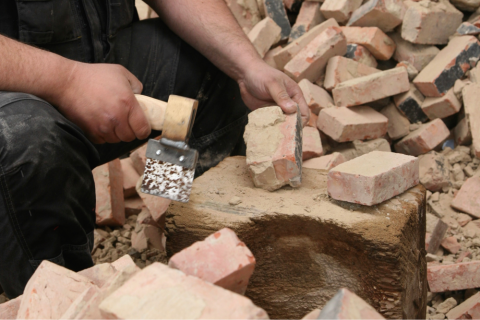
Mortar residue cleaning
Both bricks and tiles have to be cleaned of mortar residue after they have been salvaged. For elements installed up until the 1970s, lime or bastard mortars were used which are relatively easy to remove. This is much less the case for the cement mortars that became common afterward. Bricks are almost always (manually) cleaned before they are offered for sale. For tiles, the treatment is sometimes optional and can be done manually, mechanically, or (if they are not porous) chemically.
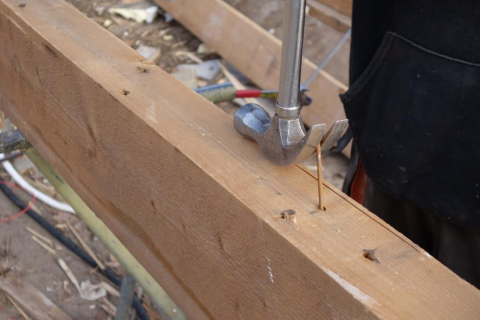
Basic woodworking (de-nailing, sawing, etc.)
Many dealers in reclaimed wooden elements carry out some basic operations on their materials. Sometimes this is done before the materials are put on sale (typically de-nailing), sometimes requested by the customer (typically sawing a batch to a fixed length or width).
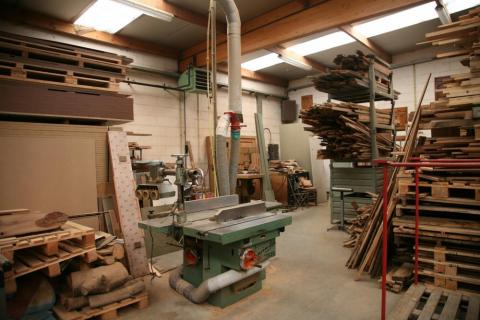
Joinery (cleaning dimensioning, drying, surface treatment, etc.)
Real specialists in wood usually have their own joinery woodshop where they can perform some or all of the following specialised operations. They are able (among other things) to correctly dimension and calibrate wooden elements (length, width, and thickness), to saw new connections in the boards (e.g. tongue and groove), to dry the wood to a certain humidity level, and to apply various surface treatments (sanding, planing, etc.).
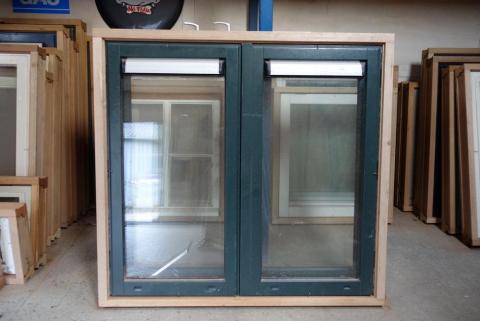
Resizing and reframing of doors and windows
Panel doors can be dismantled into their basic components (panels, stiles, etc.), which can then be individually dimensioned and reassembled. This is typically done for rather high-grade elements. In addition, there are companies that provide new frames for the windows and doors in their stock, so that they can easily be put back in place and are compatible with contemporary wall construction.
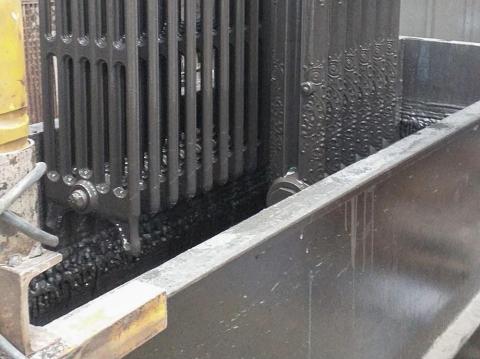
Stripping and sanding
Both doors and cast iron radiators can be stripped or sandblasted, removing the paint on the element’s surface ; this is specifically necessary if lead paint is involved. This operation can be carried out only by specialists with suitable equipment.
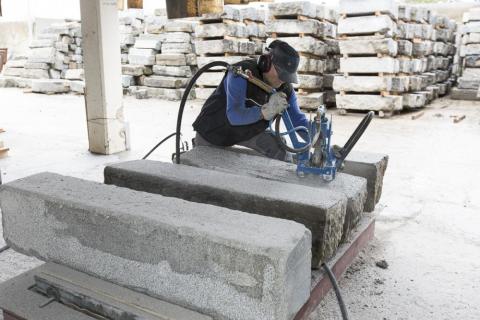
Stone surface treatment
Natural stone specialists with a stone-cutting workshop can provide reclaimed stone elements with customised surface treatments for aesthetic or functional purposes. There are many possible finishes: polishing, chipping, bush hammering, fraying, sanding, flaming, sweetening, etc. Ask your specialist what treatments are possible and how they interact with the patina of the elements.
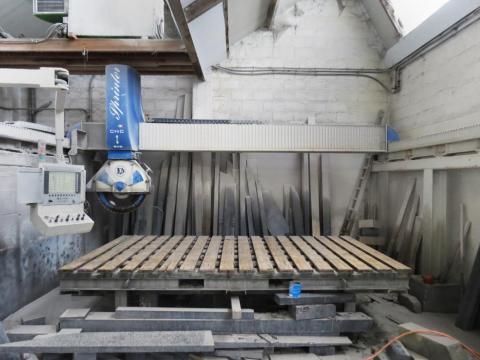
Stone cutting
Several companies have special installations to cut stone elements (such as kerbs, slabs, stone blocks, etc.) to size in length, width and also thickness. In general, reuse of stone and the preservation of its patina happens after at least one such operation. Some dealers slice very thick, old elements multiple times, and sell the resulting pieces at different prices.
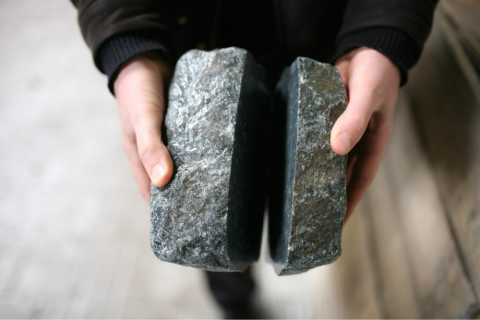
Paving stone sawing or cleaving
Cleaving cobblestones involves breaking them in two with a specialised machine, after which the relatively flat fractured surface becomes their new surface. Cobblestones can also be sawn to achieve a 100% smooth surface. In this case, cobblestones are split into two equal parts, or the top of the cobblestone is sawn. Depending on the type of stone, sometimes one or the other treatment is appropriate. Getting twice as much surface area out of this kind of salvage operation is a great advantage.
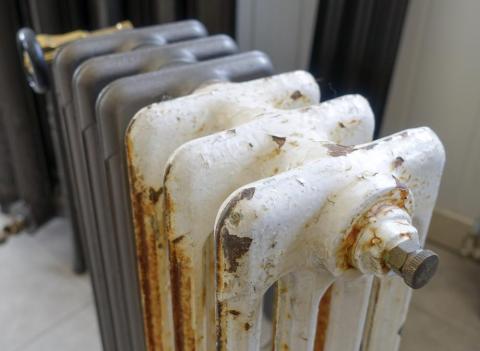
Radiator refurbishment
Only a specialist can refurbish cast-iron radiators and that process includes the following operations: stripping, sand-blasting, cleaning the parts, high-pressure cleaning, checking the water tightness, replacing or repairing certain parts, applying a new surface layer, etc. In addition, cast iron radiators are completely modular and can be re-dimensioned. For radiators made of sheet steel, aluminum or stainless steel, the process is different and is rarely carried out by the dealer.
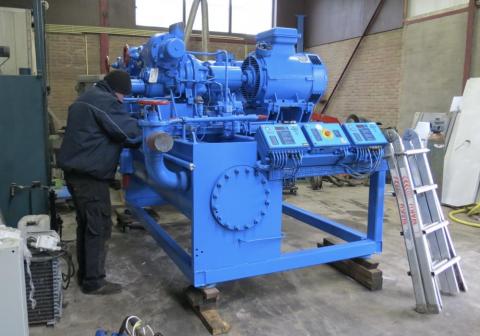
Refurbishment of technical installations
In general, technical installations are refurbished before they are offered for sale. Depending on the type of installation, this refurbishment consists of several series of specialised operations.
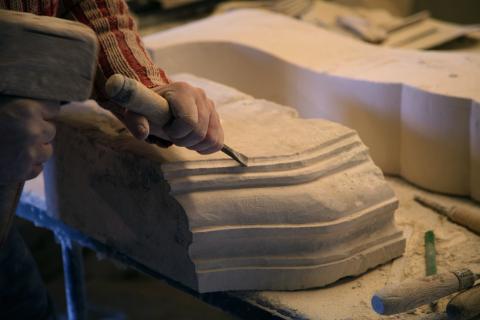
Historical material restoration
The restoration of building antiques can range from repairing the surface of old fireplaces to specialised stonework 'the old way', to restoring the drawing on an antique Delft tile. There are many operations possible, which are typically carried out by specialised craftsmen.
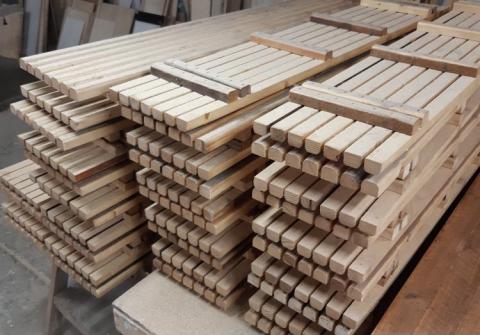
Furniture made with reclaimed material
Several companies make furniture based on the recovered materials in their stock, mainly specialising in wood and, to a lesser extent, natural stone. Oftentimes being custom-made furniture that is designed with the customer. In some cases, furniture making is the primary activity of these companies, rather than selling the materials as such.
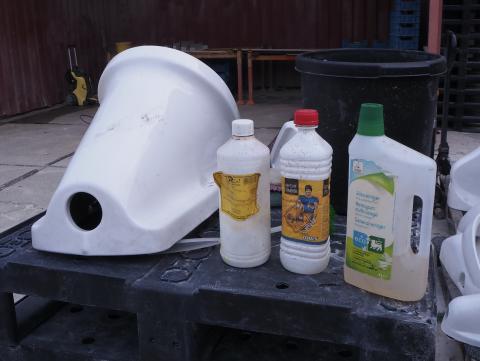
Sanitary equipment cleaning
Some companies offering sanitary equipment clean the reclaimed appliances before they offer them for sale. Cleaning of the appliances is usually done superficially with water and cleaning products. The removal of any limescale in the appliances is rather rare.
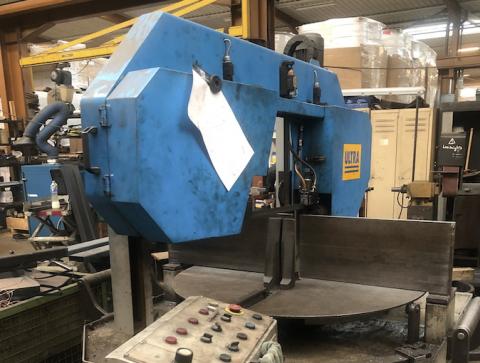
Metal profile cutting
Companies that offer steel structural elements sometimes have the necessary machines to saw these elements to size.